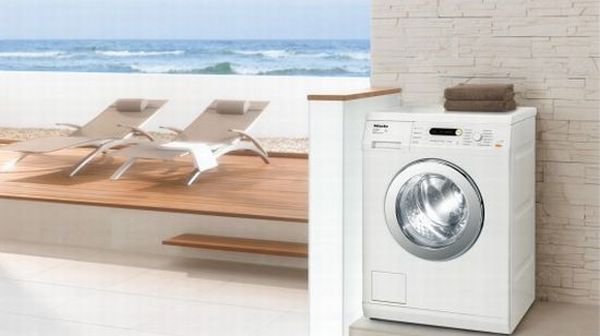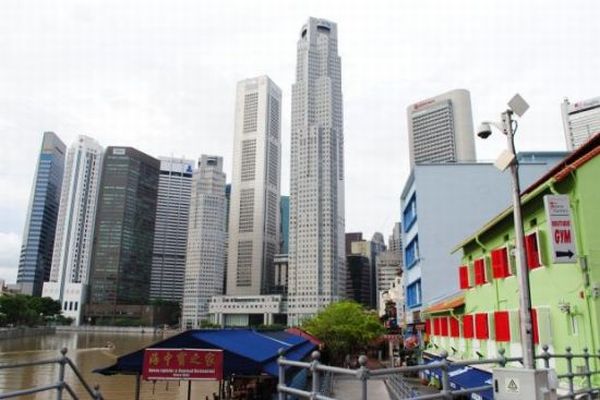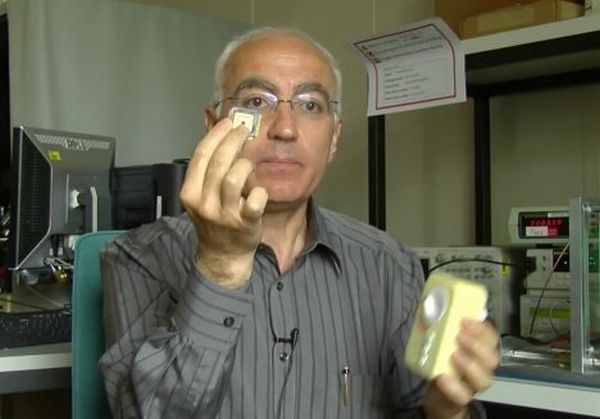
Why are we asking this now?
The electrical grid is the system that brings the power generated in a power station to our homes through transformers, switches, transmission lines and cables. The present electrical grid is designed as a one-way street, to deliver power from the production point to the consumption point. This grid is being replaced by a new “smart grid” that will apply advanced data processing, communications and remote control technologies for two way communication with the power user to deliver a better service. The US expects to spend $17 – 24 billion a year for the next 20 years to build the smart grid while the European project will cost around $170 billion.
Smart grid technology has the ability to connect multiple small capacity power generating plants, such as solar and wind into the grid. This permits using renewable power when available, in place of fossil based power. An EPRI ( Electrical Power Research Institute) study projects a 58 percent reduction in CO2 emissions in the US in the next 20 years, as the smart grid connects all the planned clean energy sources.
The smart grid aims to make the power consumer an active stake-holder in managing his power usage. The smart grid will offer varying power tariff through the day. When the power demand on the grid goes up, the tariff rises. The consumer has the option to reduce his energy charges by deferring his usage to a time period when the rates are lower. He can do this by turning off some of his appliances or heating load. This peak-shaving will help the utilities to maintain less spinning reserve and defer new power plant construction.
The advanced control and communication technologies will enable the grid operators to improve continuity of supply. For example, the snapping of an overhead transmission line, which now takes several hours to locate and repair, could get identified instantly and an alternative power routing could be activated to restore supply in minutes.
While all of the above is to the good, the worry is for the individual power user. The electrical consumer, who now just throws a switch to draw electricity, would need to learn some new skills to minimize his energy bills. If he remains passive, as he now is, he could end up with much larger energy bills.
Is it really that serious?
The installation of smart meters at consumers’ premises has already started. In the US, there are an estimated 150 million electric meters, of which 16.5 million have already been changed to smart meters. By 2020, the target is to convert at least 25 percent consumers to smart meters. In Europe, the process has just begun with France, the UK and Spain each planning around 30 million meters by 2020. Other countries have yet to announce their time tables.
The large business-users of power would have the knowledge and the resources to take advantage of variable tariffs. They could tie-in their building management systems to reduce air-conditioning or building heating when power tariffs go up. They could even start back-up gen-sets to sell power to the grid when the rates are good. The average homeowner would not have the knowledge or the equipment to manage his energy demand in real-time and could end up with higher energy bills.
What others are saying:
Eric Woods, senior analyst at Pike Research, says
Carbon reduction programs and energy efficiency are seen as primary drivers for smart grids and smart meter deployment.
Mark Lauby, director of reliability for the North American electricity grid, says
Our main concern is that this is a 1-million-megawatt system and we need time to integrate new technologies.
Michael Valocchi, VP and leader of IBM’s Energy & Utilities industry practice, says
We talk to consumers in our terms, not theirs. We explain demand response, time of use and smart meters. Customers talk of reliability of energy and quick restoration of supply after an interruption.
The developments:
1. Smart domestic appliances run automatically when power rates are cheapest

Miele, the German manufacturer of household appliances, displayed a ‘smart’ washing machine at an exhibition last year that has a built-in gateway communications module. Through this module, the appliance checks electricity rates on the internet and turns on when the rates are cheapest. The communication module also permits the homeowner to operate the machine from a remote PC or mobile phone.
Such smart appliances could, in future, relieve the home owner from keeping track of spot energy prices.
2. World’s largest pilot 1 MW smart grid to be erected in Singapore

The smart grid action is not just in the US or Europe. In 2009, Singapore started work on a $ 38 million pilot project to install a smart grid for the Jurong Island with a connected load of 1 MW to test concepts and benefits in what they term a “living laboratory”. Some 4800 smart meters were installed in homes, business offices and shopping and entertainment premises. The grid also connected small solar PV and co-gen plants on the island. Consumers were given hand held devices to remote monitor their energy consumption. On average, consumers achieved a 2.4 to 3.9 percent reduction in energy usage. Further trials are on-going.
3. The latest in smart grid technology: EPFL ELab’s 4 mm chip

A new 4 mm programmable chip, developed by EPFL Electronics Lab in Switzerland, is said to be 1000 times faster than current technology for grid applications. The chip can be programmed to collate real time data from smart meters and smart thermostats and predict grid reliability. It can be programmed with thousands of possible failure modes and can recommend the best response to the grid control room operator.
The main hurdles:
The smart grid, with its superior control and communication technology, should improve reliability of energy supply. The ability to connect small renewable power sources into the grid should help contain CO2 emissions. In Europe, for example, the abundant hydro power from the Nordic countries could replace some of the coal fired power produced in Germany.
The major concern, however, is in making the individual homeowner an effective participant in the smart grid in managing his power demand. While smart appliances and remote management of the home power demand are emerging options, the vast majority of homeowners could end up paying higher costs.
There are additional concerns about an interconnected grid causing cascade blackouts and being the target for malicious disruptions by hackers.
What can be done?
The utilities and proponents of the smart grid could roll this out in controlled small areas as Singapore is attempting to do. This could help weed out potential bugs in the technology. It also gives time for customer education so that he sees some benefit from participating in the smart grid.
One alternative would be to offer homeowners with energy demand below a threshold to remain passive users at a fixed power tariff and not have to worry about variable rates.




